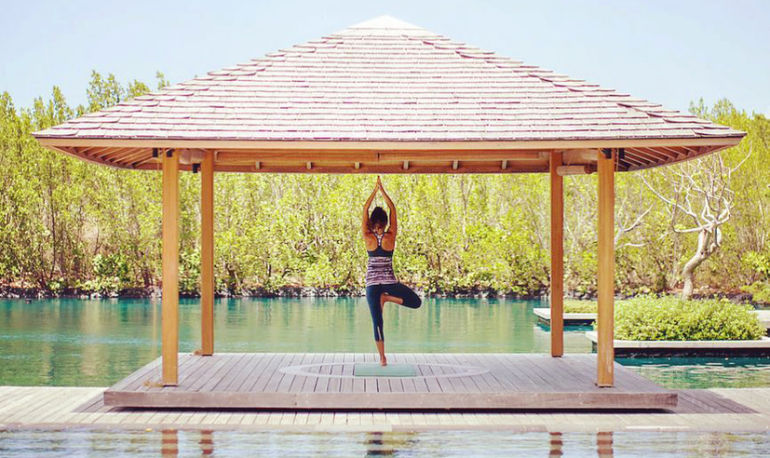Ingredients
- 2 green zuchinis
- 2 yellow zuchinis
- 1 large carrot
- 2 corn cobs (kernels only)
- 200 g fresh peas or sugar peas
- 1 large handful of mixed herbs, such as coriander, flat-leaf parsley, rosemary, oregano, thyme
CURRIED COCONUT SAUCE
- 1 small banana shallot
- 1 small clove of garlic
- 3 cm piece of ginger
- ½ a fresh green chilli
- 5 cm piece of turmeric , or 2 tesapoons ground turmeric
- 1 lime , plus extra to serve
- 200 ml coconut milk
- 300 ml coconut water
- 100 g unsweetened desiccated coconut
- 1 teaspoon medium-hot curry powder
Method
- First make the sauce. Peel and roughly chop the shallot, garlic and ginger, and roughly chop the chilli. Juice the turmeric, if using fresh. Zest and juice the lime.
- Blitz all the sauce ingredients, except one tablespoon of desiccated coconut, in a food processor until combined. Season to taste – the sauce should be smooth and creamy.
- Using a julienne peeler or spiraliser, cut the courgettes and carrot into long noodles. Place in a bowl with the rest of the vegetables, slicing the mangetout diagonally (if using).
- Pour over the sauce and mix well. Pick, finely chop and sprinkle over the herbs and reserved tablespoon of desiccated coconut .
- Leave to marinate for 30 minutes, until the ‘noodles’ have softened slightly, then serve with lime wedges for squeezing over.
Recipe by Jamie Oliver










 Photo: @amanyara_resort
Photo: @amanyara_resort


